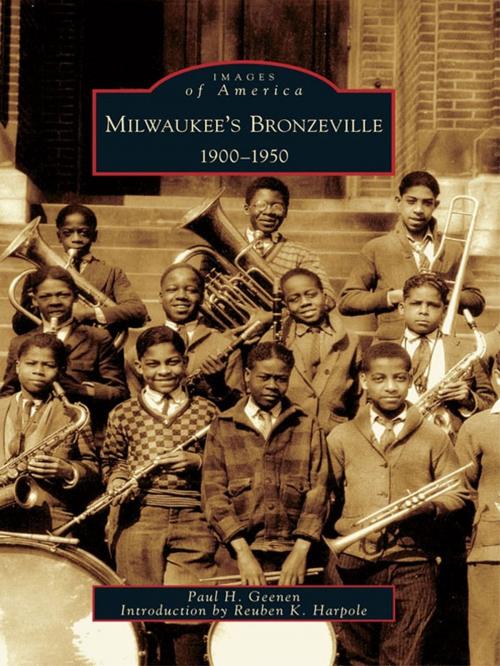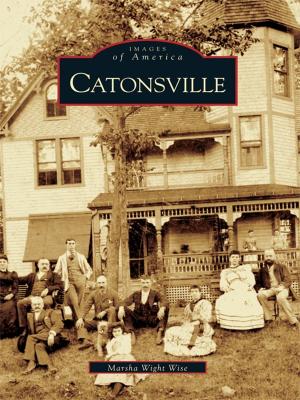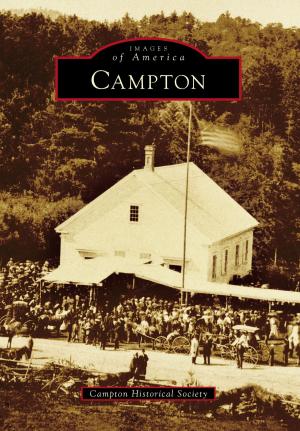Milwaukee's Bronzeville
1900-1950
Nonfiction, Art & Architecture, Photography, Pictorials, History, Social & Cultural Studies, Social Science, Cultural Studies, African-American Studies, Fiction & Literature, Literary Theory & Criticism| Author: | Paul H. Geenen | ISBN: | 9781439633021 |
| Publisher: | Arcadia Publishing Inc. | Publication: | August 21, 2006 |
| Imprint: | Arcadia Publishing | Language: | English |
| Author: | Paul H. Geenen |
| ISBN: | 9781439633021 |
| Publisher: | Arcadia Publishing Inc. |
| Publication: | August 21, 2006 |
| Imprint: | Arcadia Publishing |
| Language: | English |
With the migration of African American sharecroppers to northern cities in the first half of the 20th century, the African American population of Milwaukee grew from fewer than 1,000 in 1900 to nearly 22,000 by 1950. Most settled around a 12-block area along Walnut Street that came to be known as Milwaukee�s Bronzeville, a thriving residential, business, and entertainment community. Barbershops, restaurants, drugstores, and funeral homes were started with a little money saved from overtime pay at factory jobs or extra domestic work taken on by the women. Exotic nightclubs, taverns, and restaurants attracted a racially mixed clientele, and daytime social clubs sponsored �matinees� that were dress-up events featuring local bands catering to neighborhood residents. Bronzeville is remembered by African American elders as a good place to grow up�times were hard, but the community was tight.
With the migration of African American sharecroppers to northern cities in the first half of the 20th century, the African American population of Milwaukee grew from fewer than 1,000 in 1900 to nearly 22,000 by 1950. Most settled around a 12-block area along Walnut Street that came to be known as Milwaukee�s Bronzeville, a thriving residential, business, and entertainment community. Barbershops, restaurants, drugstores, and funeral homes were started with a little money saved from overtime pay at factory jobs or extra domestic work taken on by the women. Exotic nightclubs, taverns, and restaurants attracted a racially mixed clientele, and daytime social clubs sponsored �matinees� that were dress-up events featuring local bands catering to neighborhood residents. Bronzeville is remembered by African American elders as a good place to grow up�times were hard, but the community was tight.















